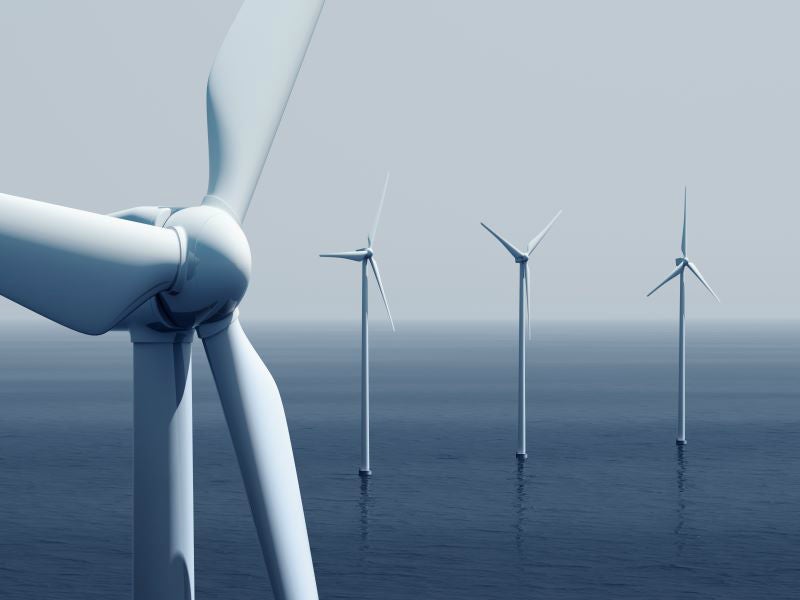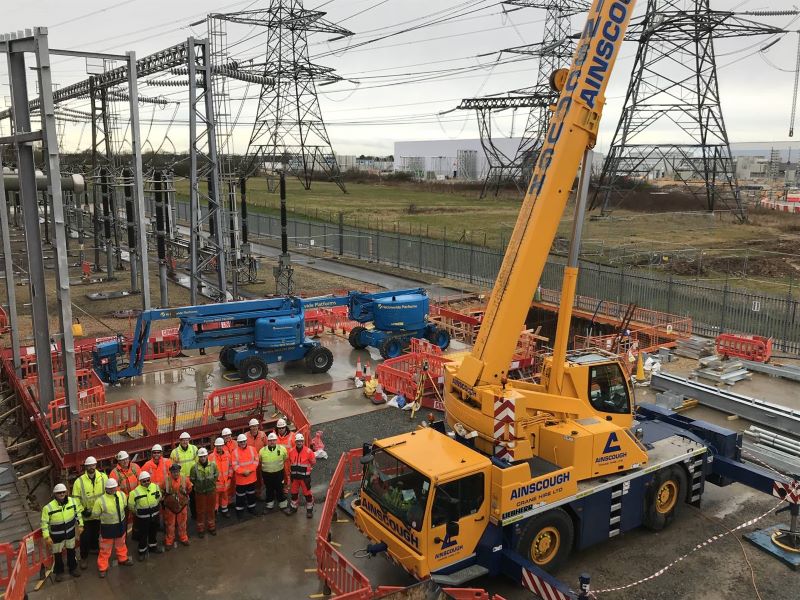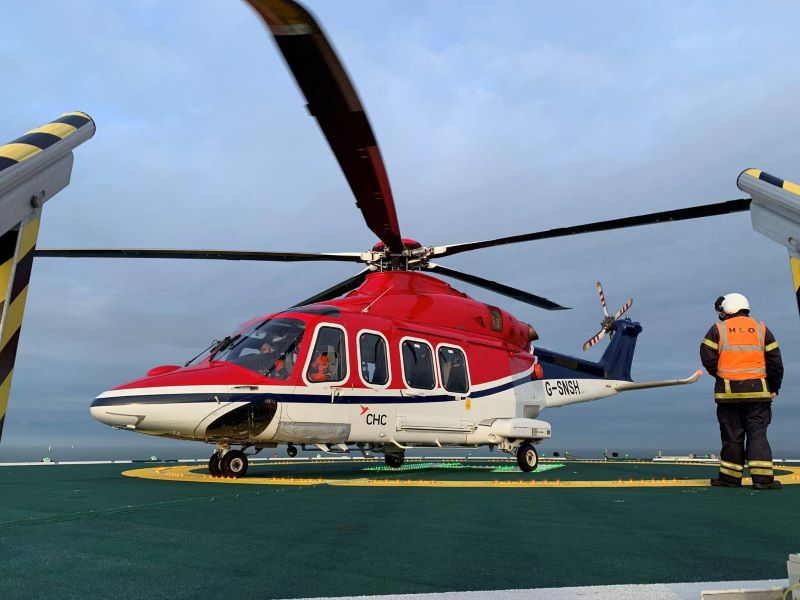Hornsea Project Two (HP2) is being constructed within the Hornsea Zone of the North Sea, UK. With a total capacity of 1.4GW, the wind farm is expected to be the largest of its kind worldwide.
Project developer Ørsted (previously Dong Energy) gained the rights to the project in August 2015 through the acquisition of SMartWind, a joint venture (JV) between Mainstream Renewable Power (50%) and Siemens Financial Services (50%).
The scoping report for the project was completed in 2012. The consent application was submitted to the Planning Inspectorate (PINS) for examination in January 2015 and completed in March 2016.
Development consent for the project was granted by the Secretary of State for Energy and Climate Change in August 2016, and the final investment decision was taken in September 2017.
The project is in the early stages of construction. It is expected to be completed by 2022, generating approximately 2,000 jobs during construction and an additional 130 positions during its 25 years’ of operation. It is expected to provide clean energy for approximately 1.3 million British households.
The Hornsea Zone
Covering an area of 4,735km², the Hornsea Zone has the potential to generate more than 4GW of renewable energy, which would account for 4% of the UK’s overall power generation capacity.
The zone is situated off the Yorkshire coast, where the normal water depth ranges between 30m and 40m, reaching a maximum depth of 70m.
HP2 is located approximately 89km from the Yorkshire coast, covering an area of 462km² at the centre of the Hornsea Zone, which also hosts the 1.2GW Hornsea Project One.
Hornsea Project Two wind farm details
The world’s largest offshore wind farm will comprise 165 Siemens Gamesa 8.0-167 DD turbines. The turbines will operate at a nominal power of 8,000kW and will have a maximum rotor diameter of 167m. The blades will be 81.5m long and will have a swept area of 21,900m².
The cut-in and cut-out wind speeds at Hornsea Project Two are estimated to be 3-4m/s and 25m/s respectively. The turbines will feature microprocessor-based controller equipped with Siemens Integrated Control System (SICS).
Transmission and onshore facilities
The entire electrical output from the project will be conveyed to the 400kV National Grid transmission station at North Killingholme, following the same route as Hornsea Project One’s transmission system.
The project proposes the use of either a high-voltage direct current (HVDC) or high-voltage alternating current (HVAC) transmission system. With an HVDC, the project would require the construction of six offshore HVAC collector substations and two HVDC converter stations at the offshore site. The HVAC option would involve the construction of an offshore HVAC collector substation and two offshore HVAC reactive compensation substations.
Landfall for the transmission cable will be located at Horseshoe Point, near the village of North Cotes, Lincolnshire. The HVDC route would require the installation of four onshore cable trenches, while the HVAC option would require the laying of eight onshore cable trenches.
The onshore HVDC converter station or HVAC substation will be constructed midway from the landfall to the National Grid transmission station. The facility will be approximately 200m long, 150m wide and 40m high.
The total length of the offshore transmission subsea cables will be 150km, whereas the onshore transmission cable will be 40km long.
Ørsted will operate the wind project from its operations hub, currently under construction in Grimsby, which will be the largest facility of its kind in the UK upon its opening.
The onshore cable construction began in 2019, while the offshore construction on the wind farm site is currently underway.
Contractors involved
Siemens Gamesa was awarded a contract to 165 turbines for Hornsea Two wind power plant in June 2018. It will manufacture the majority of the turbine blades at its facility in Hull and will begin turbine installation in 2021.
The baseline noise surveys for the project were performed by RPS Group.
Balfour Beatty was awarded the contract to construct the onshore substation for the project in August 2018.
Prysmian Group was awarded a contract by Ørsted in February 2018 for the design, manufacture, supply, and testing of the submarine inter-array cable systems.
JDR Cable Systems was awarded a contract in August 2018 to supply of inter-array cables and perform termination work for the Hornsea Project Two.
ABB was awarded a $150m contract to connect the Hornsea Project Two wind farm to the UK grid.
Fugro was contracted by Ørsted in July 2018 to conduct the marine site characterisation, including geotechnical site investigation, at the project site.
Semco Maritime was appointed as the electrical engineering consultant (EEC) for developing the mechanical and electrical basic engineering design for the offshore substation and the reactive compensation station of the Hornsea Project Two wind farm.
Ørsted awarded a contract to Nexans in November 2018 for the supply of 200km of the 245kV HVAC subsea export cable for the near-shore section of Hornsea 2 wind farm.
CHC Helicopter was contracted by Ørsted in June 2020 to provide aviation services during construction and operations phases of Hornsea Two offshore wind farm. Leonardo AW139 and AW169 will be used for cargo flight and crew transfers.
A helicopter terminal and personnel handling facility adjacent to the Hornsea Two onshore construction site was opened in 2019.
Fussey Engineering was awarded a contract for supplying and installing steel framework and cladding at the National Grid 400kV substation site.
AMS Trenchless Specialists was engaged to undertake horizontal directional drilling (HDD) for installing ducting and cables at the landfall site in Horseshoe Point.





